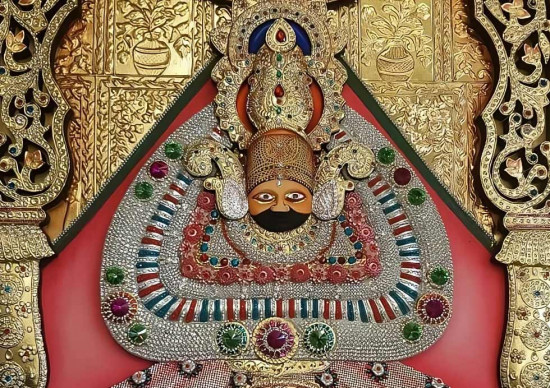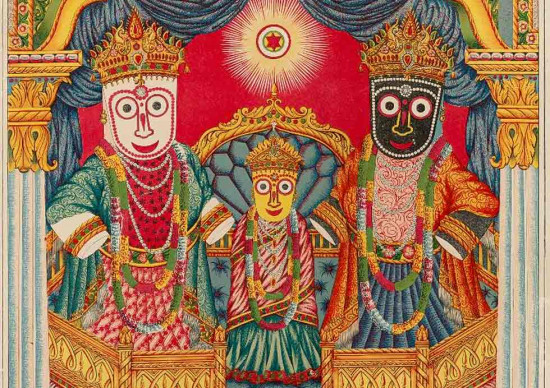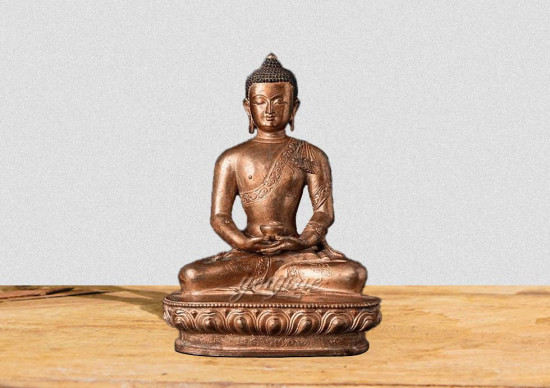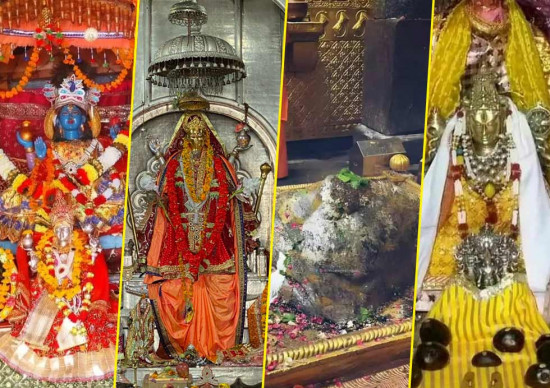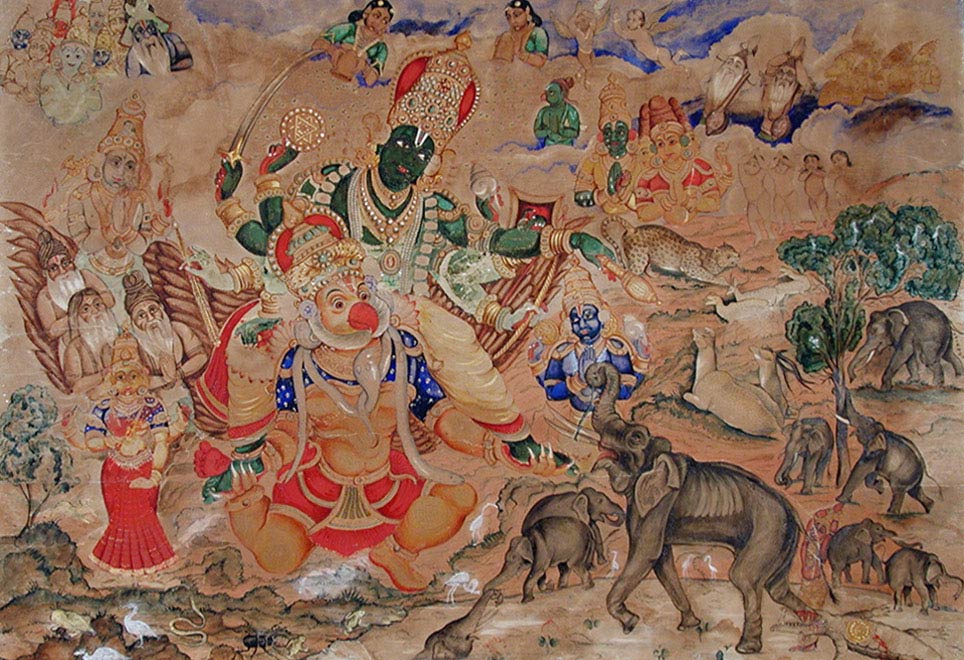
Mind of an Indian Artist
Painting as an art has a rich history in India since it evolved and flourished from periods so early that it is hard to pin a time when India did not have painters. Painting is as old in India as its Shastra (scriptures).
Like other arts, Painting in India too has been Shastra-based. Shastra gave certain foundational principles, which were central to the art of Painting as a whole. Of course the cultural diversity of India did contribute in introducing regional styles and flavors and their mutual influences caused multi-faceted art to come about. However, in-spite of its diversity, Indian art has remarkable consistency and integrity ensured by the Shastric principles it was largely based upon.
Like Spirituality and Religion, Art too was never organized in India. Shastra gave principles and then left all to the free imagination of the artists. Consequently art grew not just in type but many ingenious painting techniques and home made recipes for natural, vibrant colors were created by village craftsmen and artists to meet their own style.
Shastra gave these paintings another dimension by opening a spiritual vision of the world for the artist in which both the painter and painting was seen as the manifestation of Brahman (Supreme being). This is the main reason why old paintings have a certain appeal and profoundness that is so missing in modern paintings. These therefore serve as valuable records for modern artists to observe and compare their own world-view with that of the ancients.
Like other arts, Painting in India too has been Shastra-based. Shastra gave certain foundational principles, which were central to the art of Painting as a whole. Of course the cultural diversity of India did contribute in introducing regional styles and flavors and their mutual influences caused multi-faceted art to come about. However, in-spite of its diversity, Indian art has remarkable consistency and integrity ensured by the Shastric principles it was largely based upon.
Like Spirituality and Religion, Art too was never organized in India. Shastra gave principles and then left all to the free imagination of the artists. Consequently art grew not just in type but many ingenious painting techniques and home made recipes for natural, vibrant colors were created by village craftsmen and artists to meet their own style.
Shastra gave these paintings another dimension by opening a spiritual vision of the world for the artist in which both the painter and painting was seen as the manifestation of Brahman (Supreme being). This is the main reason why old paintings have a certain appeal and profoundness that is so missing in modern paintings. These therefore serve as valuable records for modern artists to observe and compare their own world-view with that of the ancients.
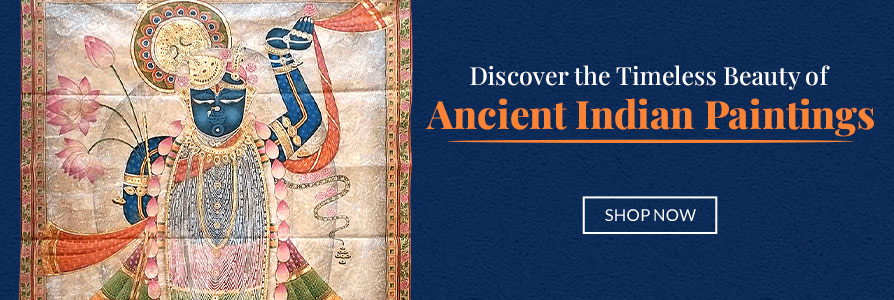
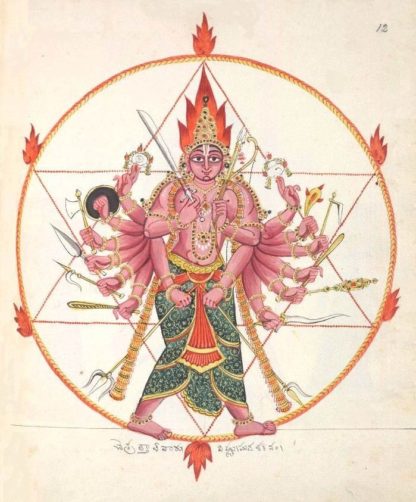
Indian art largely rendered Shastric themes from the Puranas and Itihasas (Ramayana and Mahabharata) and painters used a cache of symbols to depict concepts in their art. For example, Chakra – the revolving wheel represents Time, Padma (lotus) represents creation, Mriga (deer) represents desire and beauty and so on.
Similarly there was a set of gestures called Mudras which were determined by the positioning of fingers, hands, limbs which represented fearlessness, giving, wisdom etc.
Both symbols and gestures were used in paintings and other art-types to depict concepts as per their relevance. This turned out to be a powerful system to communicate concepts in Indian art. Moreover, since the subject of art was first visualized in artist’s mind and the art themes were largely Shastric, we find very less portraiture in Indian art. And not only that, imagery of rulers and powerful patrons is mostly missing in Indian art depictions because artists’ focus was mostly on the Divine and Universal.
The fact that it is rare to find any Indian painting or sculpture signed by its artist clearly endorses the mindset of that generation of artists.
Indian paintings are set much like a drama stage. There is a central figure in a particular stance and mood and the rest of the elements such as the background flora and fauna, celestials, humans and even colors play a specific role in amplifying the central figure in a related totality.
For instance consider the murals in the caves of Ajanta and that of Kailasanatha temple of Ellora or Cave-temples of Badami in Karnataka and Sittanavasal in Tamilnadu, the earliest surviving Indian painting with good details.
Even among these; Ajanta murals, probably of the early 6th and 7th centuries stand out in popularity. These followed the golden Gupta age.
These paintings depict the life of Buddha Shakyamuni on his way to enlightenment. Buddha who has attained Bodhisattvatva is the central figure. He is tranquil, holding a lotus in divine serenity. He is also called Padmapani (the bearer of lotus). The sublime peace that pervades Padmapani in this Indian masterpiece is remarkable.
Similarly there was a set of gestures called Mudras which were determined by the positioning of fingers, hands, limbs which represented fearlessness, giving, wisdom etc.
Both symbols and gestures were used in paintings and other art-types to depict concepts as per their relevance. This turned out to be a powerful system to communicate concepts in Indian art. Moreover, since the subject of art was first visualized in artist’s mind and the art themes were largely Shastric, we find very less portraiture in Indian art. And not only that, imagery of rulers and powerful patrons is mostly missing in Indian art depictions because artists’ focus was mostly on the Divine and Universal.
The fact that it is rare to find any Indian painting or sculpture signed by its artist clearly endorses the mindset of that generation of artists.
Indian paintings are set much like a drama stage. There is a central figure in a particular stance and mood and the rest of the elements such as the background flora and fauna, celestials, humans and even colors play a specific role in amplifying the central figure in a related totality.
For instance consider the murals in the caves of Ajanta and that of Kailasanatha temple of Ellora or Cave-temples of Badami in Karnataka and Sittanavasal in Tamilnadu, the earliest surviving Indian painting with good details.
Even among these; Ajanta murals, probably of the early 6th and 7th centuries stand out in popularity. These followed the golden Gupta age.
These paintings depict the life of Buddha Shakyamuni on his way to enlightenment. Buddha who has attained Bodhisattvatva is the central figure. He is tranquil, holding a lotus in divine serenity. He is also called Padmapani (the bearer of lotus). The sublime peace that pervades Padmapani in this Indian masterpiece is remarkable.

For instance consider the murals in the caves of Ajanta and that of Kailasanatha temple of Ellora or Cave-temples of Badami in Karnataka and Sittanavasal in Tamilnadu, the earliest surviving Indian painting with good details.
Even among these; Ajanta murals, probably of the early 6th and 7th centuries stand out in popularity. These followed the golden Gupta age.
These paintings depict the life of Buddha Shakyamuni on his way to enlightenment. Buddha who has attained Bodhisattvatva is the central figure. He is tranquil, holding a lotus in divine serenity. He is also called Padmapani (the bearer of lotus). The sublime peace that pervades Padmapani in this Indian masterpiece is remarkable.
Such extensive artistry in painting, sculpturing, carving and architecture were based on many authoritative texts. Some of the main texts extant were:
Even among these; Ajanta murals, probably of the early 6th and 7th centuries stand out in popularity. These followed the golden Gupta age.
These paintings depict the life of Buddha Shakyamuni on his way to enlightenment. Buddha who has attained Bodhisattvatva is the central figure. He is tranquil, holding a lotus in divine serenity. He is also called Padmapani (the bearer of lotus). The sublime peace that pervades Padmapani in this Indian masterpiece is remarkable.
Such extensive artistry in painting, sculpturing, carving and architecture were based on many authoritative texts. Some of the main texts extant were:
Mind of an Indian Artist
The Samarangana Sutradhara of king Bhoja, ruler of Dhaara
The Manasollasa of the Chalukya king Bhulokamalla Someshvara
The Shilparatna
The Manasollasa of the Chalukya king Bhulokamalla Someshvara
The Shilparatna

